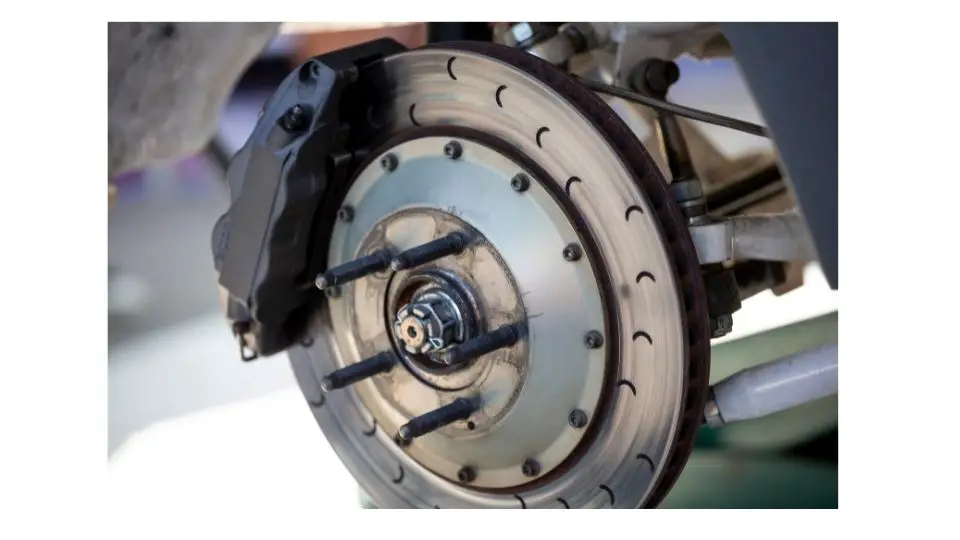No matter how much you take care of your car, there are always some maintenance problems that can unexpectedly occur. However, only a calm and peaceful mind can help you in such situations and it is wise not to let haste make the problem even worse.
Certain parts can land you in trouble at an unexpected time and the majority of these parts are directly related to the proper functioning of a vehicle.
One such part that can unexpectedly cause trouble while doing normal maintenance work is the brake piston calipers. The brake piston calipers are located inside the brake calipers and they push the brake pads onto the rotors whenever the brake pedal is pressed.
The calipers move back to their original position as soon as the brake pedal is released. Brake pads need to be replaced whenever they are worn out and there is a good chance that you might have to face stuck brake pistons while replacing the pads. There are a variety of reasons why brake pistons get stuck those reasons are mentioned below.
Causes Of Why Brake Caliper Piston Won’t Go Back In
Brake Dust
Brake pads release dust/soot when they rub against the rotors, overtime the pistons get covered with the soot and get stuck.
The solution for this problem is simple, you just have to clean the dust with a soft brush, or a clean cloth, and your brake caliper pistons might go back in.
However, you may have to apply a little pressure using a suitable clamp, or else they may not push back in because of insufficient pressure. Also, keep in mind that the front and rear brake caliper pistons have different mechanisms.
Rear pistons need to be turned and pushed in simultaneously using a tool called wind-back tool.
Worn Out Brake Hose
Another reason why a brake piston caliper won’t go back in is because of a worn-out brake hose. Brake hoses handle a lot of pressure from the pressurized brake fluid and over time they start to break internally.
To check for this fault, first, apply pressure on the piston by a screwdriver and see if the fluid level rises in the reservoir, if it doesn’t then you need to loosen the bleeder valve.
Apply pressure on the piston using a screwdriver and if the fluid comes out of the valve and the piston starts moving then it is the brake hose that has decomposed. Changing the brake hoses on all sides will be a suitable thing to do since all of them would have aged by that time.
Corrosion
Corrosion is one of the worst enemies of many car components and it can also freeze the brake pistons. Brake fluid is hygroscopic in nature and over time it can absorb a lot of moisture from the atmosphere that will corrode the internal components of a braking system and will eventually freeze them.
That is why it is always advised to change the brake fluid every 50,000 km or 3 years (whichever comes first), and make sure that the recommended type of brake fluid is being used.
Necessary precautions
You should always exercise necessary precautions while working on the brakes. Don’t leave the brake caliper hanging as it strains the brake lines.
Always ensure the brake fluid does not come in contact with the car’s paint as it can damage it and never leave the brake fluid reservoir open for long since it absorbs moisture.
If you are installing new brake pads make sure that you have loosened the bleeder valve, doing so will release excess fluid out of the system.
A closed bleeder valve can create problems in the ABS unit because of the high pressure created by pushing the pistons back. Last but not the least, use a suitable clamp to push the pistons back otherwise they might get damaged.
Conclusion on Brake Caliper Won’t Retract
If all of the above methods don’t work, then your car’s brake calipers need to be replaced. They can be expensive depending upon the car model, which is why we always advise not to miss the periodic maintenance of a car’s braking system.

Robert Anderson is a world class motorhead who rebuilt his first carb at age 10, his first engine at age 15, and completed his first full hotrod build when he was just 18! Previously, he has ran a part warehouse, delivered pizzas, and managed the service department for a $20 million/year revenue dealership. Robert knows cars like few others and he is passionate about sharing his knowledge.

